The American F-35A and French Rafale fighter jets have from the late 2010s emerged as leading competitors among Western combat aircraft for export contracts across much of the world, with the two competing directly against one another in many of the same markets ranging from Belgium and Switzerland to the United Arab Emirates. Although comparable in price and prized for a number of similar features, the two aircraft are fundamentally different in their performances and design philosophies reflecting the large discrepancies in the nature of the defence sectors that produced them. The F-35 was produced as part of a $1.7 trillion dollar weapons program – the very largest in human history – which included $55.5 billion invested in research and development before the aircraft even entered service. By the time the program had begun and the Soviet Union had collapsed, the United States had by far the largest defence industry in the world and was carrying out research and development on an unrivalled scale which it was expected would allow it to further widen the gap between itself and rival European producers which had increasingly fallen far behind from the 1960s in the performances of their combat aircraft. The sheer scale of the F-35 program, with over 3000 aircraft expected to be built, made massive investments possibly resulting in both a reduced cost for unit due to economies of scale, as well as a more high tech product.
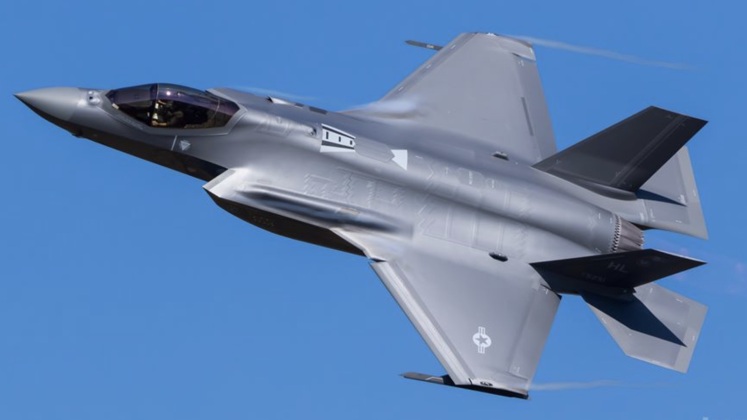
In contrast to the F-35, the Rafale was developed as a fourth generation fighter by a relatively small economy with a fraction of America’s defence industrial base. This forces it to rely heavily on foreign technologies, which include multiple inputs of American and other European components, and to use weapons jointly developed with foreign countries due to French industry’s own limitations. The lower purchasing power of the dollar in France relative to the U.S., combined with the much smaller scale of the Rafale program, made it almost certain that the result would be a less cost effective aircraft that would struggle to compete on the same level as the F-35. Nevertheless the Rafale program’s lack of ambition, pursuing a non-stealthy fourth generation design at a time when the Soviet Union and United States had long since begun their fifth generation programs, also resulted in an aircraft that faced less performance issues and was more reliable than the F-35, he with design flaws in the American stealth jet counted at 871 in 2021 while more continued to be discovered. The Rafale was considered fully operational shortly after entering service, where the F-35 by contrast has only a limited initial operating capability leaving it poorly suited for even medium intensity combat. Despite several years of delays the American fighter has yet to be certified by the Pentagon for full scale production due to ongoing performance issues, and it remains questionable how many of these will be resolved within the next five years.
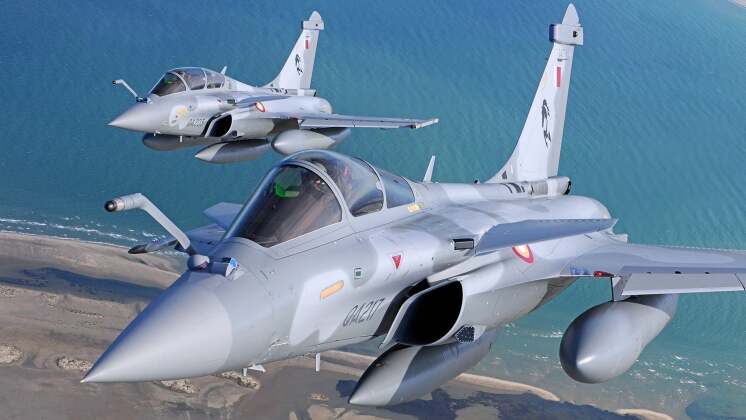
The Rafale’s operational readiness and lack of comparable issues to the F-35 make it better suited to countries seeking to field an advanced combat capability in short order. The relatively limited number of orders for the fighter means it can be delivered relatively quickly, particularly as France has offered Rafales second hand and in some cases even as aid, which complements the advantage of its higher state of operational readiness. The F-35 by contrast, being a generation ahead of the French fighter, has a much greater potential to incorporate upgrades over several decades and is expected to see significantly more invested in improving its performance in future. The U.S. has a long history of investing in upgrade programs for its older fighters, a notable example being the F-16 for which the F-16V package is being offered widely today, where the F-16’s French competitor the French Mirage 2000 has seen no comparable packages offered much to the frustration of a number of clients such as Taiwan. Neither the F-35 nor the Rafale have been tested in medium intensity combat, with both seeing operations against targets which even for the Cold War era would be considered poorly defended, which had advantaged competing designs such as the F-15 and F-16 for clients that a place a greater emphasis on the value of combat testing.
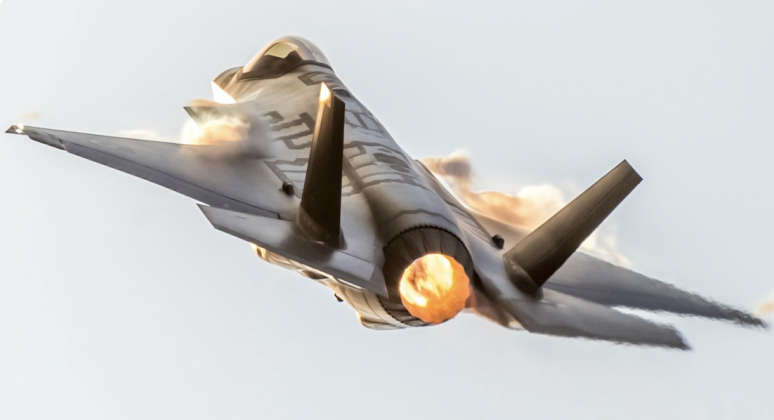
The F-35 and Rafale are notably opposites in terms of their powerplants, with the F-35’s F135 being the most powerful fighter engine in the world while the Rafale’s M88 is the very weakest. The Rafale uses twin M88 engines which contributes to engine redundancy and improves survivability, but also makes maintenance more difficult than for single engine aircraft. Both fighters are considered lightweights for their respective generations, meaning the size of the sensors they can carry and their endurances remain limited compared to heavyweights such as the American F-22 and F-15, the Russian Su-57 and Su-35 or the Chinese J-20 and J-16. The F-35 was designed as a lighter and cheaper complement to the F-22 and F-15 with lower operational costs, while France cancelled its own program for a high performance heavyweight fighter, the Mirage 4000, due to its high cost and favoured developing the Rafale in its stead. Thus neither the F-35 nor the Rafale are particularly elite aircraft, with both restricted to flying at below average speeds and altitude and having unremarkable climb rates or manoeuvrability particularly when armed. The F-35 nevertheless has the distinction of being one of just two fighters of its generation fielded at squadron level strength and in production alongside the Chinese J-20. The Rafale’s lack of stealth capabilities classifies it as a ‘4+ generation’ fighter and seriously reduces its survivability against both aircraft and enemy air defines, allowing it to be detected at several times the distance, which is considered its primary performance shortcoming relative to the F-35.
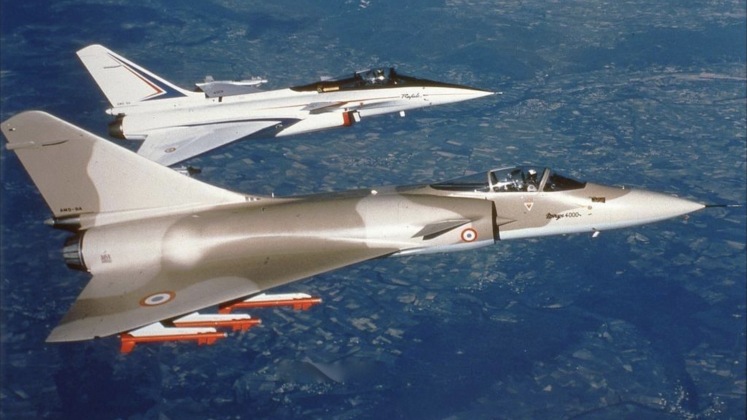
Although inferior in its stealth capabilities, the Rafale’s avionics an in particular its sensors, data links and electronic warfare systems are comparable to those of the F-35 and ahead of those of the older F-22 which does much to reduce its disadvantage and improve its popularity on export markets. Before its integration of an active electronically scanned array radar from 2013, which is a feature of all fifth generation fighters, the Rafale notably gained no export contracts. These advanced avionics allow it to fight on modern network centric battlefields, as well as to make use of state of the art standoff weapons most notably the Meteor air to air missile and Scalp radar evading cruise missile. Access to the Meteor provides the Rafale with one of its few performance advantages over the F-35, as the missile comfortably outperforms the AIM-120D with higher manoeuvrability, more powerful seniors, and an estimated 200-220km range compared to 160-180km for the American missile. Nevertheless the much more costly missile has been deployed only in very limited numbers by the French Air Force, and is expected to be superseded by the middle of the decade by the upcoming American AIM-260 that is being developed to bridge the gap with the current industry leaders, that alongside the Meteor include the 200-300km range Chinese PL-15 and the 400km range Russian R-37M.
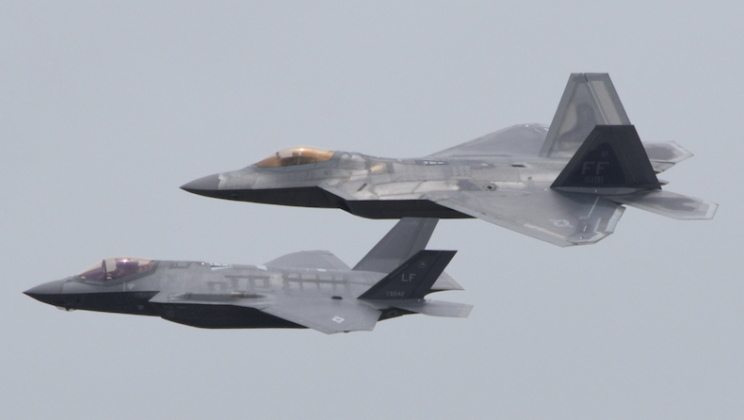
Being a generation behind, the Rafale’s primary strengths relative to the F-35 pertain not to its combat performance but rather to its simplicity and, on export markets, the terms on which France is willing to sell the aircraft. The lighter fighter has much lower operational costs and maintenance requirements than the F-35, meaning a fleet around 40 percent larger than an equivalent F-35 fleet can be kept active for the same cost. This also allows the Rafale to theoretically have much higher rates of operational readiness, although this is far from the case with the French Air Force where readiness rates have remained very low and considerably lower than those of F-35s in the U.S. Air Force. The primary disadvantage of the F-35 is that the United States not only restricts which clients are permitted to purchase the aircraft, but also limits how the aircraft can be used particularly in the third world which can include restrictions on which bases they are deployed to, where they are allow to fly and which countries they are allowed to exercise with. The F-35 has been found surveilling its foreign operators in the past and sending this data back to the United States, which has the ability to render its fighters overseas inoperable by closely limiting access to their operational codes. In addition the U.S. attaches political and economic conditions to its aircraft sales, notable recent example being the reported demand that the United Arab Emirates end cooperation with the Chinese telecoms firm Huawei and restrict ties to Beijing should it seek to acquire the F-35. This led Abu Dhabi to instead opt for the Rafale, with France attaching very few conditions to how its fighters can be used or which parties can purchase them.
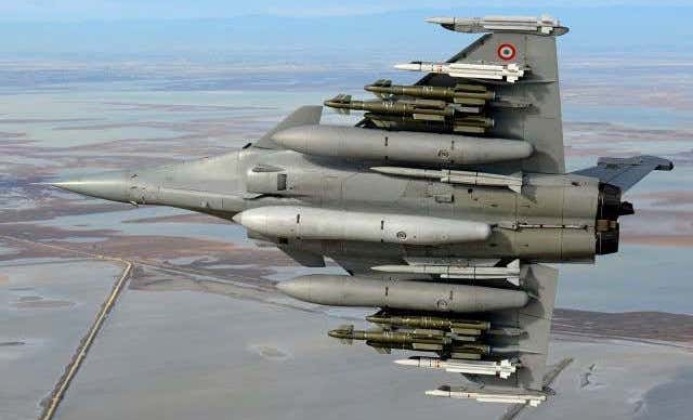
Ultimately neither the Rafale nor the F-35 are particularly exceptional aircraft within their generations, but the F-35 is a more outstanding design for being one of very few fifth generation fighters developed while France’s limited defence industry is never expected to be able to develop a post-fourth generation fighter domestically. The F-35’s economies of scale and more efficient production mean that it is also less costly to acquire despite being more sophisticated and marginally heavier, with the aircraft selling for export for approximately $140 while the Rafale has sold for over approximately $245 million per airframe – although Rafale contracts have often included more armaments and services meaning the difference in the flyaway cost alone will be smaller. The Rafale has lost every single contract in developed economies where it has competed against either the F-35 (Belgium, Switzerland, Finland) or the F-15 (South Korea, Singapore), has an edge in sales to the third world in particular due largely to American restrictions on the F-35’s sales and use, which if removed would likely further squeeze the Rafale out of its market share. The difference in performance favouring the F-35 is expected to grow very significantly over the coming decades as the American fighter becomes fully operational, is approved for full scale production and has significantly more invested into refining it for a new generation of warfare.
